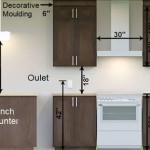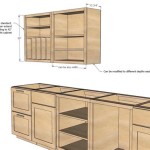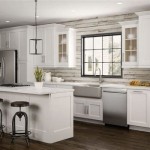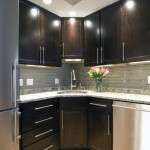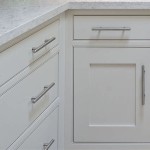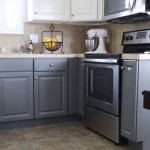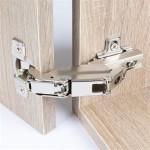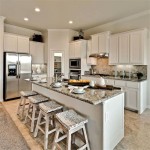Kitchen Cabinets Baseboard Molding: A Comprehensive Guide
Kitchen cabinets baseboard molding is an essential design element that serves both functional and aesthetic purposes. It conceals the gap between the base of your cabinets and the floor, preventing dirt and debris from accumulating. Moreover, it adds a decorative touch, enhancing the overall appearance of your kitchen.
When selecting baseboard molding for your kitchen cabinets, consider the following factors:
- Cabinet Style: Choose molding that complements the style of your cabinets. For traditional kitchens, opt for a classic ogee or cove molding. For contemporary spaces, consider a sleek square or flat-stock molding.
- Kitchen Flooring: The molding should coordinate with your kitchen flooring. For instance, a ceramic tile floor looks great with a clean-lined square molding, while a hardwood floor can be paired with a more ornate molding.
- Cabinet Width: Wider cabinets typically require taller baseboard molding to maintain a balanced look. A rule of thumb is to choose molding that is about one-third the height of your cabinets.
To install baseboard molding for your kitchen cabinets, follow these steps:
- Cut the Molding: Measure and cut the molding to the desired length using a miter saw. Make sure the cuts are precise to ensure a seamless fit.
- Apply Adhesive: Use a strong adhesive, such as liquid nails, to attach the molding to the base of your cabinets. Ensure that the adhesive is applied evenly along the length of the molding.
- Secure the Molding: Press the molding firmly into place and hold it for a few seconds until the adhesive sets. You may need to use finishing nails to secure the molding further.
- Caulk the Joints: Once the molding is in place, apply caulk to the joints between the molding and the cabinets and the molding and the floor. This will fill any gaps and prevent moisture or debris from getting trapped.
Proper care and maintenance will ensure the longevity of your kitchen cabinets baseboard molding. Clean the molding regularly with a damp cloth and mild detergent. If you notice any damage, such as chips or dents, repair it promptly to prevent further damage.
Kitchen cabinets baseboard molding is a relatively simple yet effective way to enhance the look and functionality of your kitchen. By carefully selecting and installing the molding, you can create a seamless, polished, and inviting space that you'll love for years to come.

Adding Molding To Cabinets Make Them Look Built In Young House Love

How To Add Trim Cabinets

Adding Molding To Cabinets Make Them Look Built In Young House Love

How To Add Molding Cabinets For A Gorgeous Finish Inspiration Moms

How To Add Molding Cabinets For A Gorgeous Finish Inspiration Moms

How To Add Molding Cabinets For A Gorgeous Finish Inspiration Moms

Adding Molding To Cabinets Make Them Look Built In Young House Love

Painting Crown Molding To Match Cabinets Is It A Good Idea

10 Types Of Kitchen Cabinet Molding For Your Home

Baseboard Moulding Embellishments Diamond Cabinetry
Related Posts

